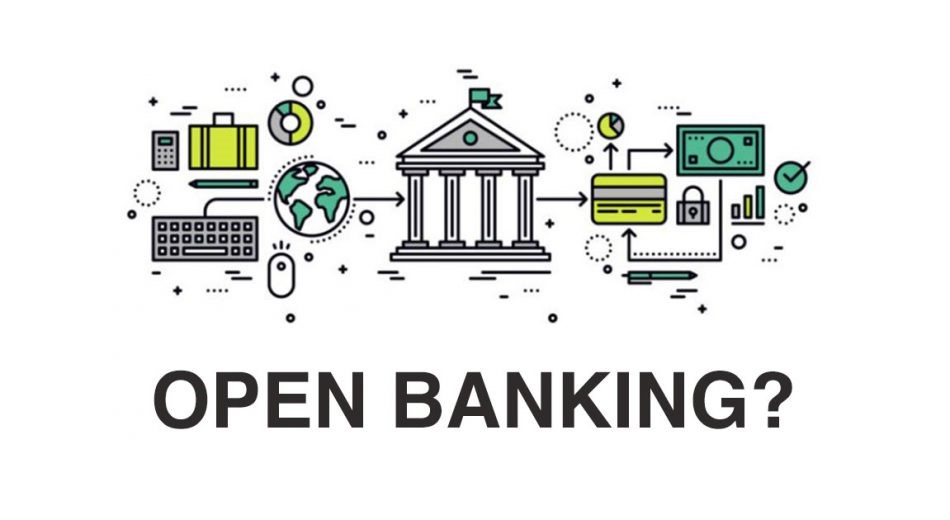The world is moving towards ease of financial transactions, especially in the banking sector. Students of Sushant University Gurgaon are always keen to contribute towards research. They have been made to come to terms with the fact that it is the research which can give them an in-depth knowledge of any subject make them grow in their fields and contribute towards the society.
Following is an excerpt from a research conducted by the students in the field of Open Banking in collaboration with their faculty resources.
As the world becomes more digital, tech-savvy customers seek secure and mobile-friendly online banking experiences with banks. To fulfil the growing demands of the younger generation, financial institutions have been driven to innovate and offer cutting-edge technology-enabled services. Open banking and bank APIs have played a significant influence in the Fintech industry’s expansion.
Let us examine what really is Open Banking? The students of the School of Business, Sushant University define it as thus:
Open banking refers to banks opening up their APIs (application programming interfaces) to provide third parties access to all of the financial data needed to provide new services or build new apps for users. Open banking puts pressure on incumbent banks to improve upon their services or work with Fintech rather than compete with them. It has the power to shape how incumbents engage with one another, Fintech, and customers.
Features of Open Banking
- Financial companies can enhance revenue streams while also extending their consumer base via open banking. It has the potential to build revenue-sharing ecosystems in which clients are granted access to third-party developed apps, with incumbents profiting from subscriptions or referrals.
- Clients, not financial organizations, should own their transactional data, according to open banking, which is redefining interactions between incumbent banks and their customers.
- Banks can also profit from their infrastructure by entering the BaaS industry and providing core services to fintechs and other third-party financial institutions.
- Open banking enabled firms generated income in the UK, according to Insider Intelligence, and retail customer propositions could reach $2 billion by 2024.

What is API Banking?
Information can be shared between systems using an API (application programming interface). Business partners, external third-party developers, and internal departments can all access the data and functionality of a bank’s applications. This allows goods and services to communicate with one another and leverage one other’s data and functionality via a common interface. An open API is a publicly available interface in open banking that allows third parties to access client data or functions (with the customer’s permission). Customers will have more control over their data, while third parties will be able to provide customers with value-added services.
Features of API
- Banks can use APIs to develop new revenue streams or expand existing ones.
- APIs promote open and future innovation while also facilitating the development and collaboration of new distribution channels, resulting in increased efficiency.
- More client data is available, and the brand’s reach is expanded.
- Banks can provide a richer, more seamless experience for their consumers with APIs, giving them more flexibility, freedom, and customization.
BaaS (Banking as a Service)
BaaS is a type of open banking in which banks, Fintech, and brands work together to provide customers with integrated banking services and experiences. Third parties can utilize APIs to access functionality through a bank’s current infrastructure and then leverage API-driven platforms to create a seamless online experience. It enables non-banks to provide financial services to their consumers by working with banks via APIs. On the surface, BaaS resembles open banking. Open banking, on the other hand, gives third parties access to bank customers’ data; BaaS, on the other hand, gives third parties access to bank functions. BaaS allows a supplier to create its own unique customer experience while leveraging the bank’s current infrastructure and expertise.
As a result, BaaS is linked to both APIs and open banking. APIs are required for BaaS to access functionality, and the open banking architecture is what allows BaaS to exist. Open banking establishes guidelines for third-party access and secure processing of client data.
Features of BaaS
- BaaS provides banks with new revenue streams. Fintechs benefit from innovation and speed, whereas banks benefit from client confidence and large sums of money. Together, they can find new ways to increase revenue.
- BaaS can help banks save money by allowing them to forego investing in technology development resources. They would be able to invest elsewhere and boost profitability thanks to the readymade solution provided by third parties.
- Banks that partner with a third-party provider acquire additional consumers as well as data into their preferences, such as spending habits and financial needs. This enables them to personalise offers for their clients and pursue a more targeted multi-channel marketing strategy.
To summarize, open banking, APIs, and BaaS are related but not interchangeable. BaaS is not the same as open banking or APIs, but it combines the two as the foundation for all financial activities, allowing a fully licensed financial organization to be formed by combining open banking and API services from institutions that offer full-service banking.
New admissions at the Sushant University are, by virtue of the philosophy of research and exploration, which is being embedded across all eight schools of Sushant University, is creating a new, out-of-the-class learning culture amongst students, which is necessary for their pedagogic enhancement and growth into the corporate world.
